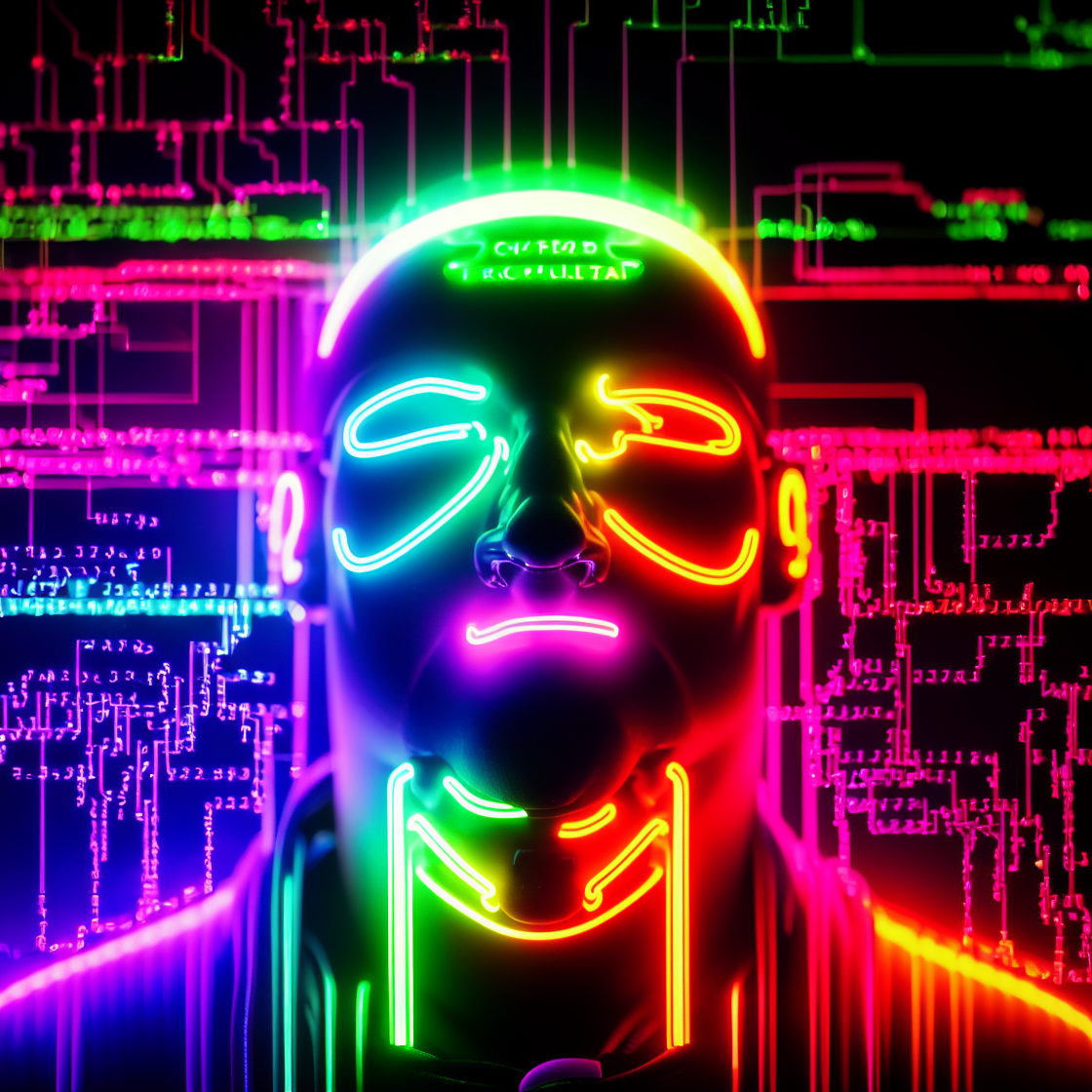I would be in trouble if this was a thing. My writing naturally resembles the output of a ChatGPT prompt when I’m not joke answering or shitposting.
I would be in trouble if this was a thing. My writing naturally resembles the output of a ChatGPT prompt when I’m not joke answering.
It’s not unusual for well-constructed human writing to resemble the output of advanced language models like ChatGPT. After all, language models like GPT-4 are trained on vast amounts of human text, and their main goal is to replicate and generate human-like text based on the patterns they’ve observed.
/gpt-4
Be me
well-constructed human writing
You guys?! 🤗
deleted by creator
they never did, they never will.
Why tho or are you trying to be vague on purpose
Because generative Neural Networks always have some random noise. Read more about it here
Isn’t that article about GANs?
Isn’t GPT not a GAN?
It almost certainly has some gan-like pieces.
Gans are part of the NN toolbox, like cnns and rnns and such.
Basically all commercial algorithms (not just nns, everything) are what I like to call “hybrid” methods, which means keep throwing different tools at it until things work well enough.
The findings were for GAN models, not GAN like components though.
It doesn’t matter. Even the training process makes it pretty much impossible to tell these things apart.
And if we do find a way to distinguish, we’ll immediately incorporate that into the model design in a GAN like manner, and we’ll soon be unable to distinguish again.
Which is why hardcoded fingerprints/identifications are required to identify the individual as a speaker rather than as an AI vs Human. Which is what we’re ultimately agreeing on here outside of the pedantics of the article and scientific findings:
Trying to find the model who is supposed to be human as an AI is counter intuitive. They’re direct opposites if one works, both can’t be exist in this implementation.
The hard part will obviously be making sure that such a “fingerprint” wouldn’t be removable which will take some wild math and out of the box thinking I’m sure.
Tough problem!
OpenAI discontinued its AI Classifier, which was an experimental tool designed to detect AI-written text. It had an abysmal 26 percent accuracy rate.
If you ask this thing whether or not some given text is AI generated, and it is only right 26% of the time, then I can think of a real quick way to make it 74% accurate.
it seemed like a really weird decision for OpenAI to have an AI classifier in the first place. their whole business is to generate output that’s good enough that it can’t be distinguished from what a human might produce, and then they went and made a tool to try and point out where they failed.
That may have been the goal. Look how good our AI is, even we can’t tell if its output is human generated or not.
AI company says their AI is smart, but other companies are sell snake oil.
Gottit
They tried training an AI to detect AI, too, and failed
Typically for generative AI. I think during their training of the Nobel, they must have developed another model that detect if GPT produce a more natural language. I think that other model may reached the point where it couldn’t flag it with acceptable false positive.
Did human-generated content really become so low quality that it is distinguishable from AI-generated content?
Should I be able to detect whether or not this is an AI generated comment?
As an AI language model, I am unable to confirm whether or not the above post was written by an AI.
have you seen exTwitter?
deleted by creator
deleted by creator
deleted by creator
Or, because you can’t rely on computers to tell you the truth. Which is exactly the issue with LLMs as well.
You can’t rely on books or people tell you the truth either.
I was mostly referring to the top comment. If you need to write an essay on Hamlet, the book can in fact not lie, because the entire exercise is to read the book and write about the contents of it.
But in general, you are right. (Which is why it is proper journalistic procedure to talk to multiple experts about a topic you write about. Also a good article does not present a forgone conclusion, but instead let’s readers form their own opinion on a topic by providing the necessary context and facts without the author’s judgement. LLMs as a one-stop-shop do not provide this and are less reliable than listening to a single expert would be)
Which is why bibliographies exist.
mfw just asking ChatGPT to write an undetectable essay.
Later, losers!
A lot of these relied on common mistakes that “AI” algorithms make but humans generally don’t. As language models are improving, it’s harder to detect.
deleted by creator
this comment could have been written in 2005 and still have been true.
We need to embrace AI written content fully. Language is just a protocol for communication. If AI can flesh out the “packets” for us nicely in a way that fits what the receiving humans need to understand the communication then that’s a major win. Now I can ask AI to write me a nice letter and prompt it with a short bulleted list of what I want to say. Boom! Done, and time is saved.
The professional writers who used to slave over a blank Word document are now obsolete, just like the slide rule “computers” of old (the people who could solve complicated mathematics and engineering problems on paper).
Teachers who thought a hand written report could be used to prove that “education” has happened are now realizing that the idea was a crutch (it was 25 years ago too when we could copy/paste Microsoft Encarta articles and use as our research papers).
The technology really just shows us that our language capabilities really are just a means to an end. If a better means asrises we should figure out how to maximize it.








